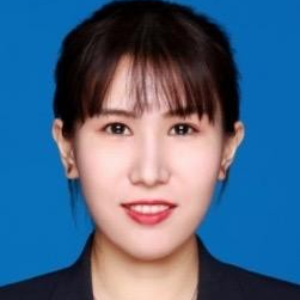Title : Applying radial extracorporeal shock wave therapy one week after rotator cuff repair reduces pain, improves function, and promotes tendon healing: A randomized clinical trial
Abstract:
Arthroscopic rotator cuff repair (RCR) remains challenging due to high re-tear rates and prolonged disability, largely attributed to delayed tendon-to-bone healing. Current protocols for post-operative extracorporeal shock wave therapy (ESWT) lack standardization, with most studies focusing on functional outcomes rather than tendon healing or complication rates. This single-center randomized controlled trial investigates the impact of early ESWT on pain relief, functional recovery, tendon-to-bone healing, and post-operative complications. This study aims to enhance healing, expedite return to daily activities, and reduce complications, offering a novel therapeutic strategy for rotator cuff repair rehabilitation.
66 individuals were randomly assigned to the ESWT group (n = 33) or control group (n = 33) 2 days after RCR. Both groups underwent 5 weeks of advanced rehabilitation and participants in the ESWT group additionally received 2000 pulses for each treatment area every week for 5 weeks since 7 days after RCR. The primary outcome was pain measured on a visual analog scale (VAS). Secondary outcomes were range of motion (ROM), Constant score, University of California Los Angeles score (UCLA), American Shoulder and Elbow Surgeons form (ASES) and Re-tear Rate and Postoperative Stiffness. Changes in signal/noise quotient (SNQ), muscle atrophy and fatty infiltration were analyzed from MRI. All participants underwent clinical 2days (baseline)?6 weeks?3 months and 6 months post repair and MRI examinations 2days (baseline)?3 monthsand 6 months post repair. 66 participants completed assessments. Pain and function improved in both groups. At 6 weeks?3 months and 6 months post repair, pain intensity was lower and function scores higher in the ESWT than in the control group (all p-values < 0.01).
SNQ near the Greater Tuberosity or Lesser Tuberosity decreased from baseline to follow-up in the ESWT group (p < 0.01 or p = 0.03) and was lower than that in the control group (p < 0.01 or p = 0.016). Muscle atrophy and the fatty infiltration index did not differ between groups. The incidence of stiffness and re-tear rate was not observed in both groups. During subgroup analysis, it was observed that in both groups, conditions such as diabetes mellitus, hyperlipidemia, vitamin D deficiency, and thyroid disorders significantly altered the Signal-to-Noise Quotient (SNQ) in individuals over the age of 65.
ESWT and exercise reduced pain and improve function than rehabilitation alone and accelerated tendon healing at the Greater Tuberosity and Lesser Tuberosity after RCR. Particular attention should be paid to the management of blood glucose and lipid levels, supplementation of vitamin D, and regulation of thyroid-related hormones in elderly.



